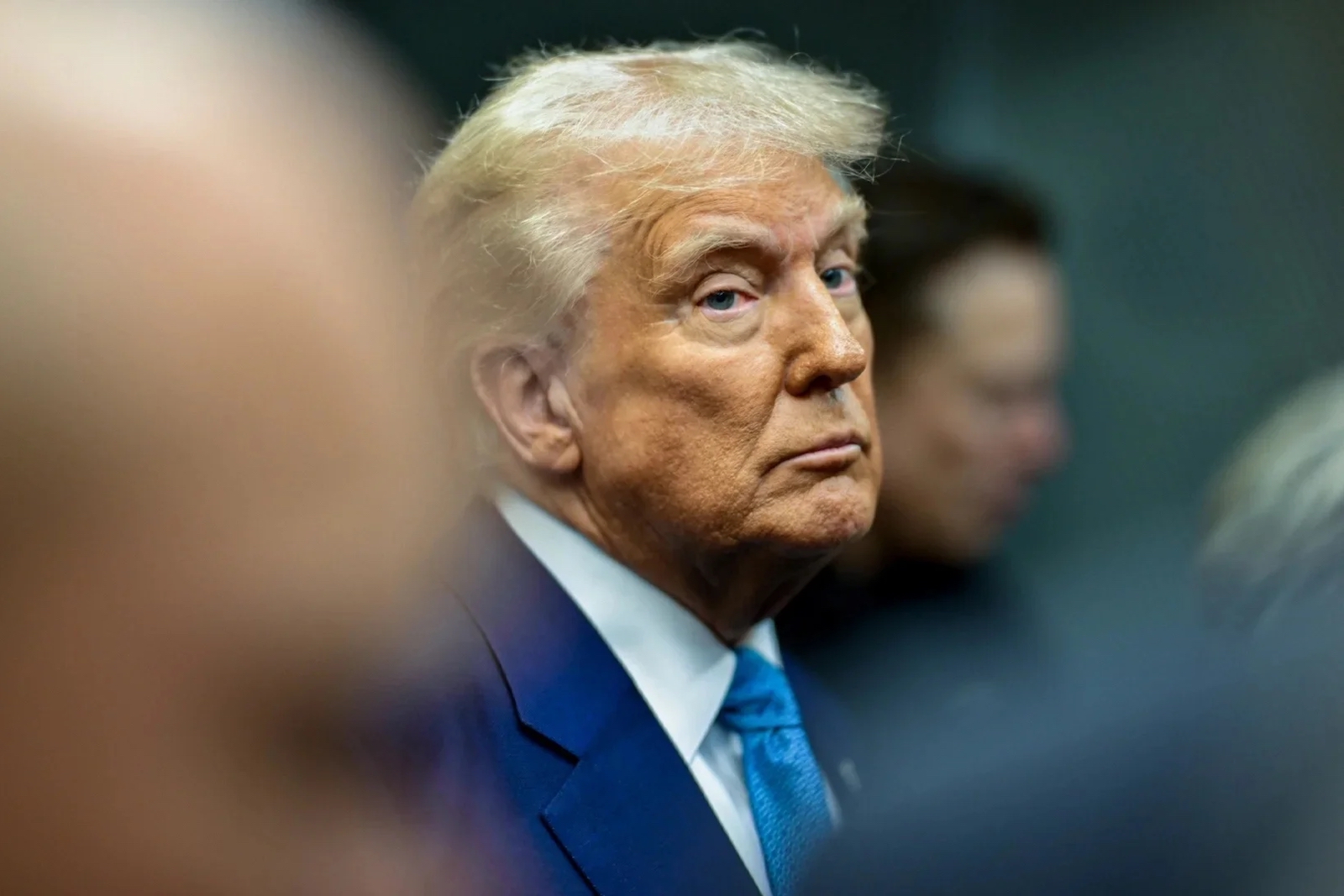
Iran’s Blind Spot: What Both the Regime and Its Opposition Fail to See
Iran’s hardline conservative rulers and their most fervent opponents share a dangerous misjudgment: both underestimate the potentially catastrophic consequences of a U.S. military strike on Iran’s nuclear facilities.
For the Islamic Republic—singularly focused on regime survival—the more acceptable scenario is one in which it weathers the U.S. attack and suppresses any ensuing unrest. The more dangerous alternative is that such an attack could ignite a popular uprising significant enough to bring down the regime itself. According to a recent report in The New York Times, Iran ultimately agreed to a direct meeting with President Trump’s envoy in Oman on April 11th, after senior IRGC officials and top political figures convinced Ayatollah Khamenei that the risk of a post-strike “regime collapse” was increasingly real.
Exiled opposition figures and a significant portion of Iran’s frustrated public, meanwhile, view the prospect of a U.S. military strike as a rare opportunity for regime change. Their optimistic projection envisions a scenario in which the strikes are carefully confined to military and security targets, avoiding damage to Iran’s economic and industrial core.
As the regime’s coercive capacity is degraded, mass protests would erupt and ultimately topple the government. The less desirable outcome, from their standpoint, would see the regime weakened and compelled to negotiate with the West, yet still possessing enough internal force to repress domestic uprisings and cling to power.
Yet both factions—regime loyalists and their fiercest detractors—largely ignore or minimize a far more devastating prospect: that a prolonged U.S.-led military campaign could fundamentally undermine Iran’s territorial integrity and sovereignty. A national catastrophe of this scale could emerge if the strike weakens Iran’s military apparatus to such an extent that it can no longer defend its borders or contain separatist ethnic revolts.
Iran’s border provinces—home to Kurds, Arabs, Azeris, and Baluchis—have historically experienced tensions and sporadic insurgencies. While such uprisings are generally containable under stable conditions, a major U.S. attack could create an opening for long-dormant separatist movements to gain traction, possibly with foreign support.
One conceivable sequence might unfold as follows: prior to targeting nuclear sites, the United States and its allies launch large-scale preemptive strikes aimed at disabling Iran’s command-and-control infrastructure and degrading its military hardware. These operations severely weaken the regime’s ability to retaliate and disrupt its internal security apparatus. Sensing vulnerability, masses of opposition-aligned Iranians flood the streets in protest. Preoccupied with defending Tehran and other major cities, the regime would find itself too overstretched to contain unrest in peripheral provinces—or to deter opportunistic interference by neighboring states. In this scenario, the regime could lose effective control and sovereignty over significant portions of the country.
Alternatively, if the regime manages to retain its grip on these provinces through brutal force, it risks escalating the conflict. Civilian casualties could prompt direct military retaliation from the United States or neighboring countries sympathetic to separatist groups. Under this pressure—facing both insurgency on the ground and aerial bombardments—the regime could lose its hold on the ethnic periphery and be compelled to either surrender sovereignty outright or accept some form of intrusive autonomy arrangement.
A precedent for this exists: during the Syrian civil war, Turkey intervened to support various opposition factions, helping them seize control over northwestern Syrian provinces. Similarly, U.S. support enabled Kurdish forces to establish de facto autonomy in northern Syria.
A second catastrophic scenario could emerge absent any separatist uprising. In the early phases of a U.S. attack, neighboring states may attempt to remain neutral, given widespread concern over regional instability. However, if Iran retaliates against American forces stationed in these countries—or targets oil infrastructure in U.S.-aligned Gulf states—those countries may shift from passive observers to active adversaries. With Iran’s military capabilities significantly eroded, some of its regional rivals might exploit the situation to assert territorial claims.
For instance, the UAE, backed by the GCC, has long disputed Iran’s control over the islands of Abu Musa, Greater Tunb, and Lesser Tunb. Should the UAE choose this moment of Iranian weakness to occupy the islands, it is likely to receive support from across the Arab world, while major global powers, including the United States and Europe, might remain conspicuously silent.
Neither the regime nor the opposition can afford to ignore the immense costs of such a catastrophe. Even if the probability of such a scenario appears remote, the consequences—ranging from national disintegration to the creation of a failed state—are profound and irreparable. Therefore, in calculating the risks of confrontation with the United States and Israel versus the price of a negotiated agreement, all political factions in Iran must account for this potential disaster.
The specter of dismemberment should not only influence decisions on whether to accept an unpalatable deal but also prompt both regime and opposition actors to consider concrete strategies for mitigating these risks in the event of war.
For the regime, this could mean preserving a minimum reserve of military capacity, withheld from use in street-level confrontations or direct clashes with American forces, and reserved specifically for safeguarding national borders and territorial unity.
For the fragmented opposition, it may be time to coalesce behind a unified leadership—one that could credibly present itself to Washington as a viable, pro-Western alternative to the current regime. In doing so, the United States may be incentivized to protect Iran’s national sovereignty during any foreign intervention or separatist escalation, if only to strengthen the hand of this emerging alternative.
If Iran’s future is to remain in the hands of Iranians—and not foreign airpower or regional rivals—then its leaders and dissidents alike must begin reckoning with a danger they have thus far refused to name.
